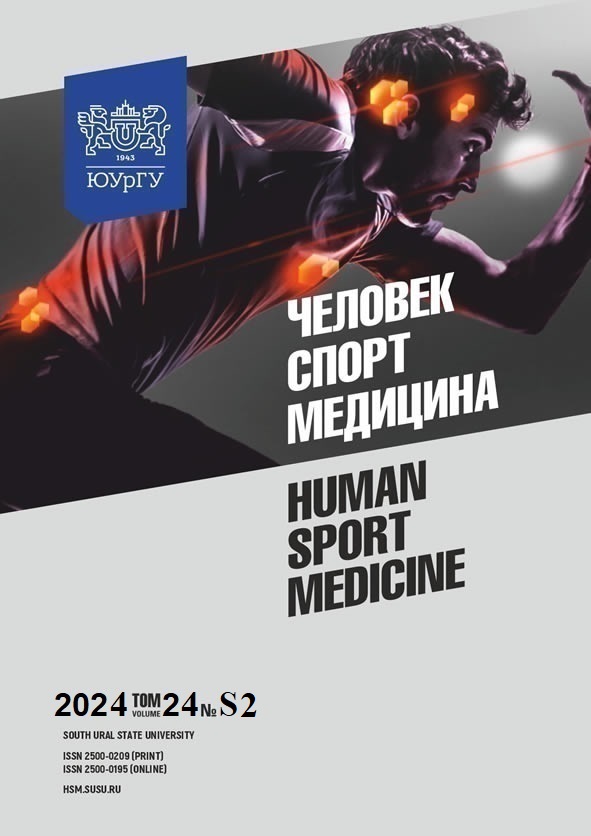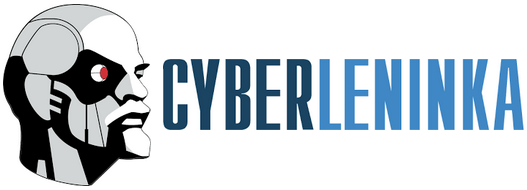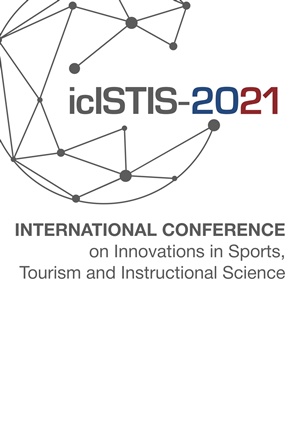DYNAMIC ELECTRONEUROSTIMULATION IN SCREENING AND REHABILITATION OF CHILDREN AGES 10–12 WITH CEREBRAL PALSY
Abstract
Aim. This study evaluates the efficacy of dynamic electroneurostimulation (DENS) in diagnosing and treating children with cerebral palsy. Materials and methods. Thirty-six children with spastic diplegia cerebral palsy participated in the study. The following data were collected: average step length (cm), ankle joint mobility, and single-leg balance time (s). Study participants underwent clinical examinations and electromyography with an EMG-Micro device. Study interventions consisted of diagnostics and DENS therapy based on applying stimulation to universal action zones in a dose-controlled manner. Current intensity was individually tailored. Limbs were treated in a criss-cross pattern. Each zone received 3 minutes of stimulation. Results. This study demonstrated enhanced treatment efficacy in children with spastic diplegia cerebral palsy. Statistically significant improvements were observed when comparing the pre- and post-treatment values of average step length (p < 0.05) for both treatment and control groups; ankle joint mobility (p < 0.05, control group: 17.9%; main group: 33.7%); and single-leg balance time in the treatment group. Electromyographic amplitudes increased in the anterior muscles of the leg of both groups (p < 0.05). BEA amplitude increased in the posterior muscles in the treatment group (p < 0.05). Conclusion. The study findings demonstrate the efficacy of dynamic electroneurostimulation in the rehabilitation of patients with spastic diplegia cerebral palsy, pain reduction, enhanced motor performance, and skill maintenance.
References
References on translit
Copyright (c) 2025 Human. Sport. Medicine

This work is licensed under a Creative Commons Attribution-NonCommercial-NoDerivatives 4.0 International License.















